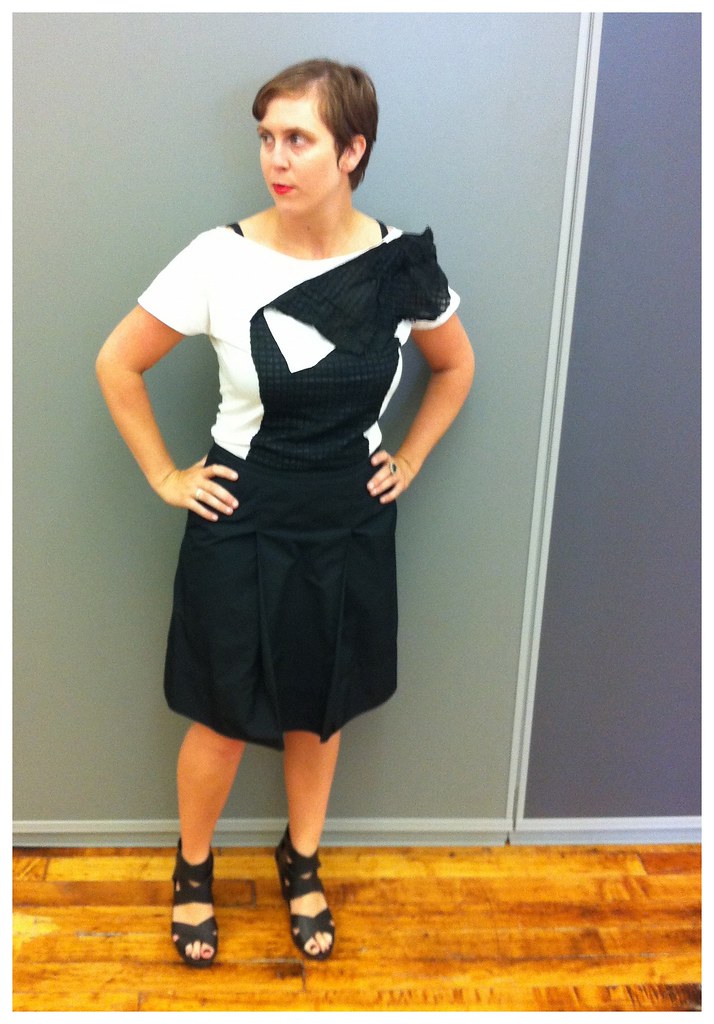In the field of architecture, what you wear can significantly impact perceptions, client relations, and overall professional success. Finding the right balance between comfort, professionalism, and practicality is key to presenting yourself well both in the office and on construction sites.

Meeting clients requires a more formal approach to attire. While the trend in architecture is leaning towards casual wear, especially with the rise of virtual studios, it's essential to dress in a way that fosters positive business outcomes. A well-chosen outfit can enhance your credibility and professionalism.
Michael E. Gerber’s experiment in "The E-Myth Revisited" highlights how subtle changes in attire can influence business results. Switching from a brown suit to a navy blue one led to noticeable increases in sales, illustrating the power of thoughtful wardrobe choices. Clothing should align with your brand image, making a positive impression on clients and peers alike.

Architects should be intentional about their clothing choices, conducting tests to determine which styles positively impact their business outcomes. Whether in a design-oriented firm or a more traditional environment, here's what to consider:
Comfortable yet professional attire is essential for everyday office wear. For site visits, safety takes priority:
With a growing emphasis on sustainability, architects are increasingly opting for eco-friendly fabrics, ethical brands, and second-hand clothing. This not only reflects a commitment to the environment but also aligns with the values of many contemporary clients.
| Architect | Style |
|---|---|
| Zaha Hadid | Known for avant-garde fashion choices reflecting her innovative design approach. |
| Rem Koolhaas | Embraces a minimalist aesthetic in his clothing, aligning with his functional design philosophy. |
To maintain a professional image, architects should avoid overly casual or loud clothing choices, especially in professional settings. Examples of what to avoid include:
Ultimately, the clothing worn by architects should enhance their professional image and support business goals. By being intentional in wardrobe choices, architects can reflect their brand, improve client relations, and contribute to their overall business success.
